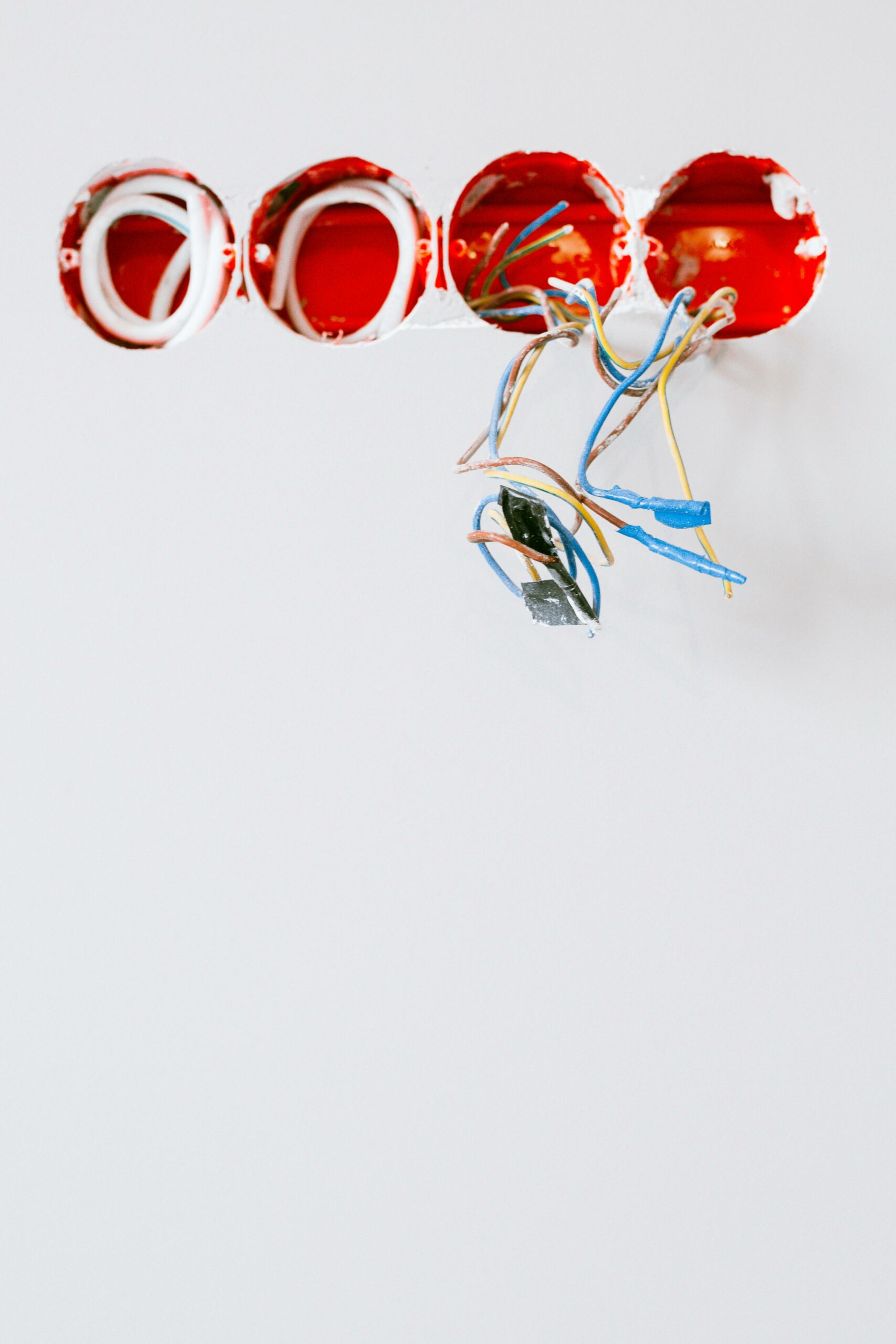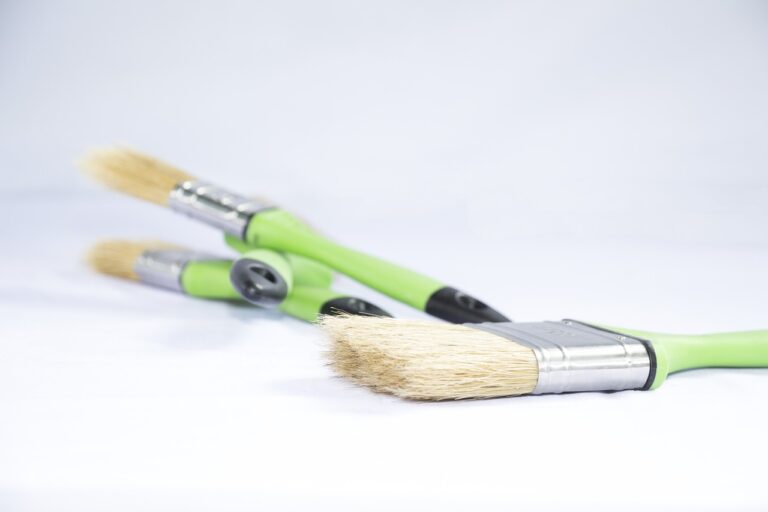Home Cricket Grounds: Designing Your Perfect Pitch
Selecting the ideal location for your cricket ground is a pivotal decision that can significantly impact the overall playing experience. The first consideration is the size of the area required, ensuring there is ample space for the pitch, boundary, and any additional facilities such as pavilions or seating areas. Additionally, assessing factors like accessibility for players and spectators, prevailing wind direction, and proximity to amenities are essential in creating a convenient and enjoyable environment for all involved.
Furthermore, evaluating the topography of the site is crucial to avoid any uneven terrain or potential waterlogging issues that could affect gameplay. A flat surface is preferred to ensure a level playing field and reduce the risk of injuries. It is also advisable to choose a location with good natural drainage to prevent water from pooling on the pitch during wet weather conditions. Taking these factors into account will help in selecting a suitable location that promotes fair play and facilitates the smooth operation of your cricket ground.
Understanding Soil Composition for Optimal Pitch Performance
When it comes to achieving optimal pitch performance for a cricket ground, understanding the soil composition is crucial. The type of soil used can greatly impact the bounce, pace, and overall condition of the pitch during a match. Clay soils, for example, tend to hold moisture well, providing good bounce and spin for bowlers, while sandy soils drain quickly, offering faster pace for bowlers and batsmen.
In addition to soil type, the depth of the soil layer also plays a significant role in pitch performance. A deeper soil profile allows for better root penetration, aiding in grass growth and overall pitch durability. It is important to regularly test the soil composition and pH levels to ensure the pitch is in optimal condition for play.
Essential Equipment for Maintaining Your Cricket Ground
Ground maintenance is a crucial aspect of ensuring optimal playing conditions for cricket matches. There are several essential pieces of equipment that every cricket ground manager should have to uphold the quality of the pitch. One of the most important tools is a professional-grade lawn mower, specifically designed for maintaining cricket grounds. This equipment helps in keeping the grass at the ideal height for gameplay and ensures a smooth playing surface for the players.
In addition to a lawn mower, having a reliable heavy roller is essential for compacting the pitch and providing a consistent and even bounce during matches. This equipment is used to flatten the pitch and press down the soil, making it firmer and more conducive to fast-paced gameplay. By investing in the right equipment for maintaining your cricket ground, you can uphold high standards of play and create an optimal playing environment for both teams.
• Regularly mow the grass to keep it at the ideal height for gameplay
• Use a heavy roller to compact the pitch and provide a consistent bounce
• Invest in professional-grade equipment for maintaining your cricket ground
• Create an optimal playing environment for both teams with proper maintenance
What equipment is essential for maintaining a cricket ground?
Some essential equipment for maintaining a cricket ground includes mowers for cutting the grass, rollers for flattening the pitch, watering systems for keeping the ground hydrated, and pitch covers to protect the pitch from adverse weather conditions.
How important is the location of a cricket ground?
The location of a cricket ground is crucial for its overall performance. It should be situated in an area that receives adequate sunlight, has good drainage, and is not prone to flooding.
Why is understanding soil composition important for pitch performance?
Soil composition plays a significant role in determining the quality of the pitch. Different types of soil provide varying levels of bounce and spin, so it is essential to understand the composition to maintain optimal pitch performance.
How often should the pitch be watered?
The pitch should be watered regularly to keep it hydrated and prevent it from drying out. The frequency of watering will depend on the weather conditions and the type of soil in your cricket ground.
Do pitch covers really make a difference in protecting the pitch?
Yes, pitch covers are essential for protecting the pitch from adverse weather conditions such as rain, frost, or excessive heat. They help maintain the pitch’s integrity and ensure optimal playing conditions for matches.







